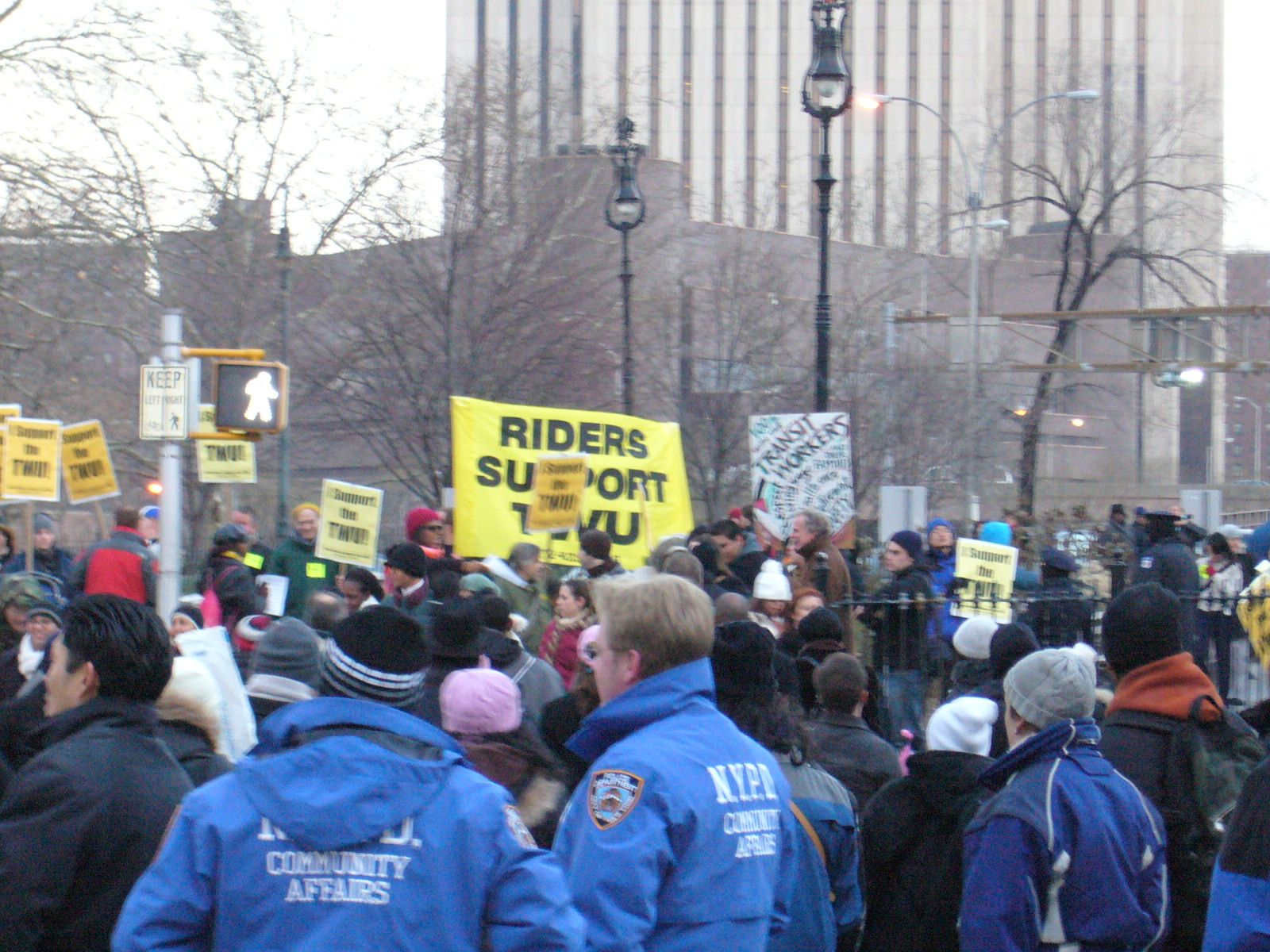
The National Labor Relations Act of 1935 set national standards for employee rights to organize, engage in collective bargaining, and take collective action (e.g. go on strike).
Sounds great, right? It was definitely a step in the right direction, but unfortunately certain workers were excluded from the NLRA’s protections. Among those excluded were: public sector employees, agricultural employees, domestic workers, transportation workers, independent contractors, workers employed by a parent or spouse, and supervisors.
Let’s break down the arguments we typically hear to justify these exclusions.
Understanding these arguments will teach us about certain commonly held views on labor issues and help us empathize with excluded workers. Ultimately, every worker deserves the right to unionize, and we'll also explore new legislation that aims to make that happen.
Arguments for disenfranchisement
Supervisors and workers employed by a parent or spouse were excluded from forming or joining legally-protected unions because they are considered too close to their employer to fairly negotiate with them. We should remember, however, that some companies have a very hierarchical structure, where a manager may still be two or three levels below “top management”. Therefore, they too could benefit from harnessing their collective bargaining power to advocate for fair working conditions.
Domestic workers and independent contractors were excluded because they typically work alone and didn’t fit into the typical model for how a union would form and operate.
Similarly, the argument was made to exclude agricultural workers because the typical farm at the time was small and family run. This is obviously no longer the case and many are calling to expand the rights of agricultural unions for this reason.
Transportation unions, which benefit from certain protections and amendments passed into the Railway Labor Act of 1926, were excluded from the NLRA because some feared a strike would be too damaging to public safety and stability. There is no doubt that transit strikes can be incredibly disruptive, but aren't these workers deserving of a democratic workplace just like the rest of us?
The freedom to take collective action has the potential to change people's lives and transform communities by improving labor conditions, benefits, and pay. In certain situations it may make sense to inconvenience a community for a short period of time in order to make long term progress.
Some transportation workers are employed by the state, which brings us to the largest group of workers excluded from the NLRA: public workers.
How about public sector unions?
Public sector employees account for 15% of the national workforce. Since their initial exclusion in 1935, certain rights have been expanded to public unions on a patchwork state-by-state basis. Here's where the arguments made against standardized protections for public sector unions fall short.
One of the main arguments made is similar to that against transportation unions: the work being done is too essential to risk a strike. Certain states have extended the right to strike to about 20% of public workers, but have continued to exclude all public safety workers.
It is true that certain types of public workers have an enormous impact on the safety and stability of our communities. A strike among such workers is particularly powerful, but does that mean it should be suppressed? If we entrust our public workers with keeping us safe, perhaps we can also trust them with the right to strike. Not to mention that unofficial “strikes” already take place among public safety workers. For example, the term “blue flu” was coined to describe mass calling out sick actions by police unions.
A second argument against public union protections is that because their employers are democratically elected, public unions will become too powerful. In The National Review, Daniel DiSalvo supports this case because he believes these unions will handpick “those who will sit across the bargaining table from them.”
Although public unions do engage in lobbying, this is only a problem if you believe it's inherently bad to have people who support workers rights in office. Many other democratic countries chose to include public employees under the same or similar collective bargaining laws as private employees. If expanding their rights truly led public unions to exercise undue electoral influence, we would have seen that play out already.
Finally, some argue that by protecting public unions, they will become so powerful that they will drain all the money out of our already underfunded social services. Two writers make this case in a piece at the Hoover Institute:
“In short, public employee unions impede the ability of governors to use states as laboratories for progressive experiments. States with high taxes that deliver high quality public goods are viable in the long-term competition among states. Public sector union privileges, however, will significantly impede such experimentation.”
While it’s true that many people are in need of expanded social services, public sector unions simply aren’t the limiting factor.
Where certain collective bargaining rights have been extended to public unions, we see only modest increases in pay (around 5%-8%). In fact, expanding legal protections for public unions has the potential to benefit the wider community not only by raising wages for public sector workers but also by investing in the quality of our government services.
We know that unionized workers are more likely to stay in their jobs longer than those that are non-unionized. Less turnover means less wasting of time and public dollars in the hiring process. It also means that those tasked with implementing and running vital services are more likely to be life-long civil servants.
New legislation expanding the right to unionize
There is much to be celebrated in the NLRA, but like with anything that’s 85 years old, labor protections on a national scale are long overdue for a tune up.
The Public Service Freedom To Negotiate Act (PSFNA), proposed in 2019, sought to address the exclusion of public sector unions from certain legal protections. The PSFNA “guarantees that every public service employee in every state has the freedom to stand together and negotiate for fair wages and working conditions.” The PSFNA would set a national standard for collective bargaining rights and empower the federal government to intervene if these standards are not being met. Should the PSFNA be reintroduced, the bill could be a huge step toward finally granting public unions the same rights that were established in 1935 for private unions.
In March of 2021, the Protecting the Right to Organize (PRO) Act, a labor-law reform bill that seeks to address some of the legal barriers to worker unionization, was passed by the House of Representatives. In addition to helping protect unions from employer interference or retaliation, the PRO Act extends the bargaining rights of many independent contractors. Employers will often misclassify employees as freelancers or independent contractors in order to prevent them from unionizing. The PRO Act would stop employers from doing this, thereby extending the right to engage in collective bargaining to these workers.
While we wait on reforms like the PSNFA and the PRO Act, it’s important to remember that the struggles workers face extend beyond legal classifications or national boundaries. Regardless of where they live or what their occupation is, all workers should have a voice in the collective fight for fair wages, just labor practices, and a safe workplace.




